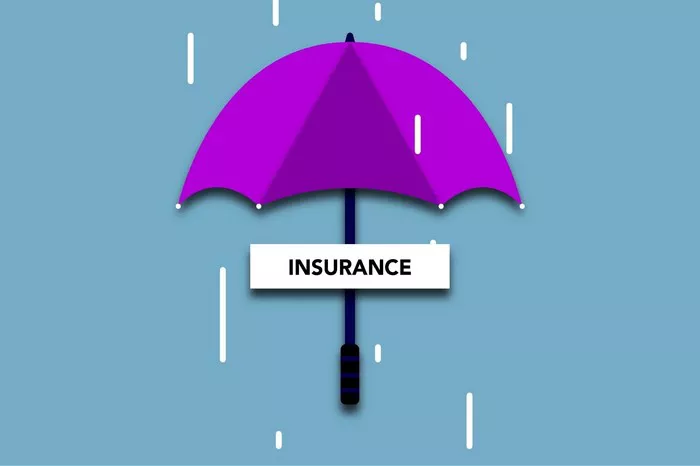As off-road adventures grow in popularity, vehicle modifications have become common among enthusiasts seeking enhanced performance. However, disputes arise when insurers reject accident claims citing increased risk from alterations. A recent Beijing court case sheds light on this contentious issue.
Case Background
Policyholder Wang Mou’s modified off-road vehicle, driven by Li Mou, was involved in a desert accident. After Wang paid rescue fees and filed a claim, the insurer refused compensation, arguing that the modifications—including added wiring, lighting, and off-road equipment—significantly raised the vehicle’s risk level, especially given the desert driving conditions.
Insurer’s Argument
The insurer contended that:
- The wiring and lighting modifications, combined with desert driving, elevated the vehicle’s danger.
- The passenger vehicle’s use in extreme terrain exceeded its intended purpose.
Court’s Findings
The Pinggu District Court rejected the insurer’s claims, noting:
No Proof of Heightened Risk: The insurer’s “Verification Report” listed modifications but failed to demonstrate they materially increased danger.
Off-Road Vehicle’s Design: The court emphasized that off-road models are built for rugged terrain, and desert driving did not exceed the vehicle’s capabilities.
Policy Terms: The insurance contract did not prohibit desert driving or specify road restrictions for off-road vehicles.
Usage Patterns: The insurer provided no evidence that the vehicle frequently engaged in high-risk off-roading.
Ruling
The court ordered the insurer to cover the claim under the policy terms. The insurer’s appeal was later dismissed, and the judgment is now final.
Implications
The case highlights insurers’ burden to prove modifications or usage materially increase risk before denying claims. Policyholders modifying vehicles should ensure compliance with policy terms and document usage to avoid disputes.
Related Topics:
































